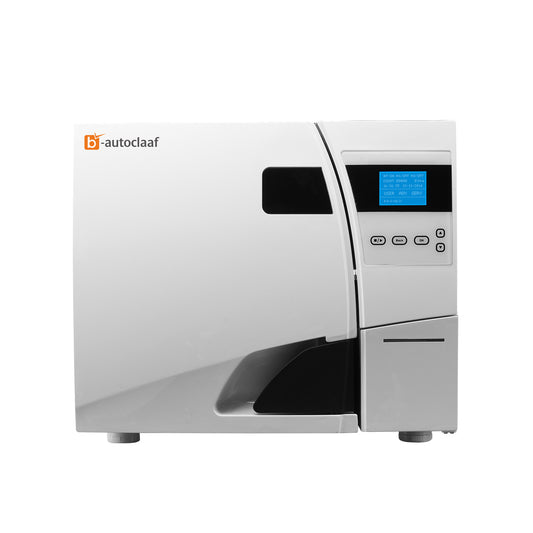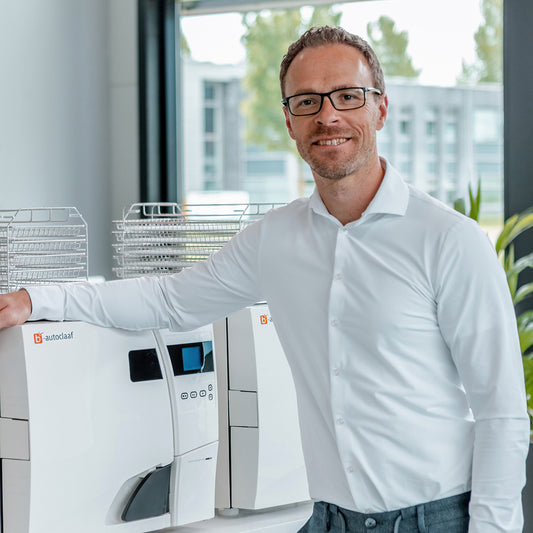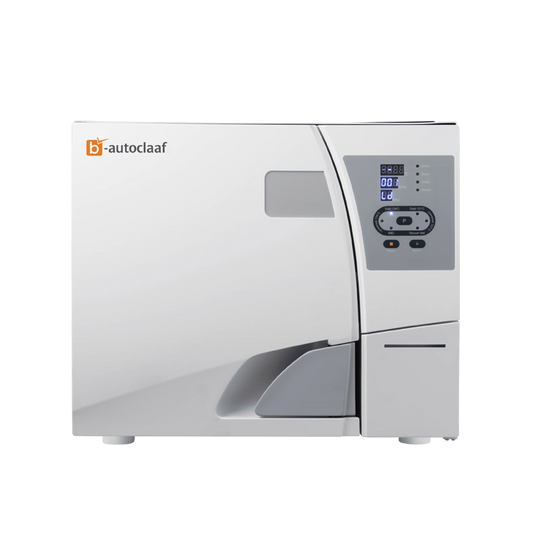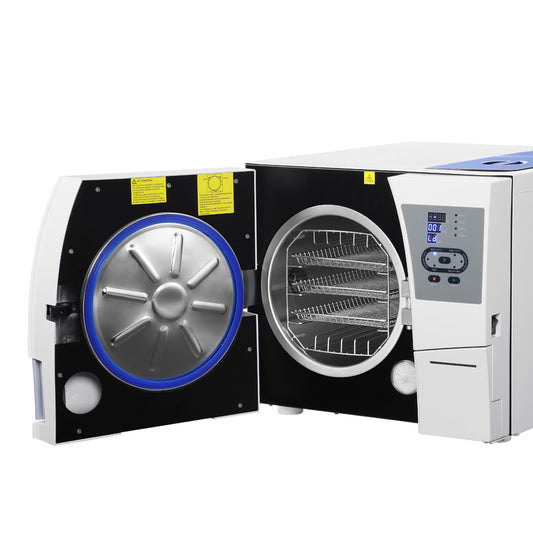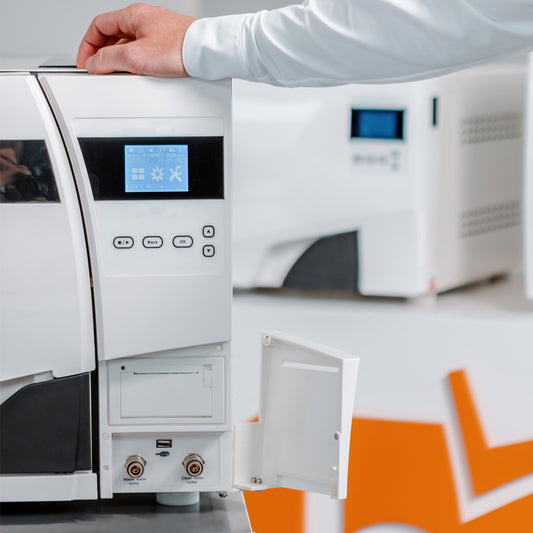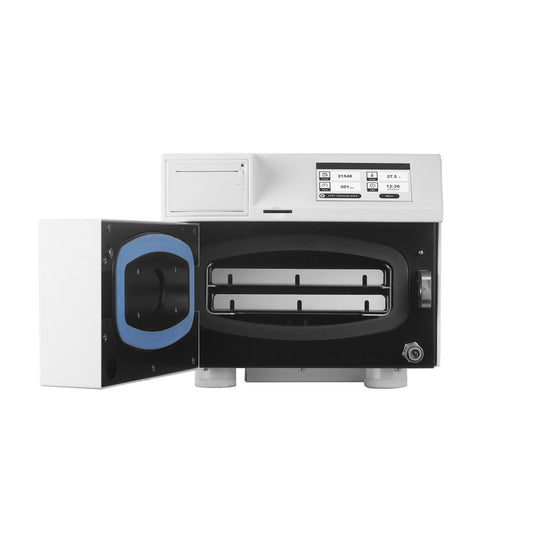What is the difference between an autoclave and a sterilizer?
Sterilizing instruments is important to eliminate microorganisms and this is possible with an autoclave or sterilizer. However, there is a difference between an autoclave and a sterilizer. Therefore, it is helpful to first know what an autoclave is and what a sterilizer is, and then the difference will be discussed further.
What is an autoclave?
An autoclave consists of a device, which involves a combination of high temperatures and pressure to sterilize. In this context, the designation steam sterilizer is also applicable. Microbes do not survive through the closed system of a B autoclave, for example, in which a vacuum is created and a combination of steam and pressure is created by heating water. An autoclave is ideal for disinfecting and sterilizing pharmaceutical and surgical instruments.
What is a sterilizer?
A sterilizer is a device that involves creating hot dry air to kill microorganisms. The temperature determines the time required for the sterilization process. At 160 degrees Celsius, it takes an hour and a half and at 190 degrees Celsius, the process takes sixty minutes.
Difference in sterilization methods
A distinctive difference is that a sterilizer uses only dry air and an autoclave's method consists of a mixture of vacuum, steam and heat. Thereby, the method of a sterilizer does not meet the Nen standards and an autoclave does meet the Nen standards. In addition, the sterilization method of an autoclave ensures a controllable process and post-process sterilization. This is not the case with a sterilizer, where it is also more difficult to distinguish between sterile and non-sterilized instruments. With an autoclave, this is easy because the process can be fully monitored. For example, by using a USB stick or by printing the information.
Difference in temperature and operating time
There is another difference between an autoclave and sterilizer and this concerns temperature and operating time. When using a sterilizer, it is not possible to control the temperature on the instrument. Therefore, it is difficult to determine when the instrument has reached the level of 160 degrees Celsius, for example. Moreover, as mentioned, sterilization in a sterilizer takes an hour and a half at the mentioned temperature. An autoclave offers multiple cycles, where the temperature and operating time can be tuned to the material. There is a temperature of 121 degrees Celsius for a rubber cycle and a temperature of 134 degrees Celsius for a packaged and non-packaged cycle. For a packaged cycle, the processing time is forty-five minutes and for a non-packaged cycle is fifteen minutes. In this respect, an autoclave has a faster sterilization process than a sterilizer.
Difference in materials that can be sterilized
Another difference between an autoclave and sterilizer relates to the materials. In a sterilizer, it is only possible to sterilize heat-resistant plastic. For example, it is not possible to sterilize rubber, compresses or hollow materials. In an autoclave, all instruments can be sterilized that qualify for it above a temperature of 128 degrees Celsius. For an instrument that needs to be sterilized according to Nen standards, a cycle with vacuum applies. A cycle without vacuum cannot be performed for hollow instruments.
Disadvantages and advantages
An autoclave offers many more advantages than a sterilizer and does not have the disadvantages that do apply to a sterilizer. For example, the advantage is sterilization at lower temperatures as is the speed of an autoclave. A sterilizer has a longer operating time and is combined with higher temperatures. A practical disadvantage of a sterilizer is that scissors, for example, blunt more quickly. In addition, there is a risk of deformation of thin instruments and a sterilizer is not suitable for sterilizing plates and screws.
Another disadvantage of a sterilizer is that the process is not controllable. An advantage of an autoclave is that the process is controllable. Furthermore, both devices require only a power supply. A further advantage of an autoclave is that no water supply and drainage is required when using a stand-alone model. With regard to maintenance, an autoclave requires maintenance once every two years or else after a thousand cycles of use. For a sterilizer, it is recommended that a temperature check be performed every year.
